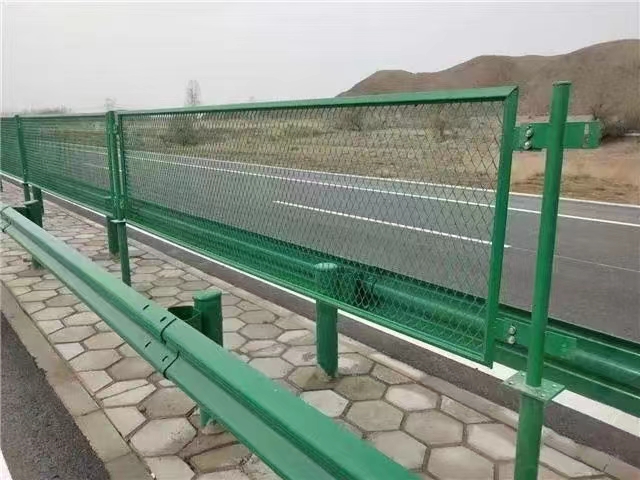In modern transportation and public facilities construction, anti-throw nets, as an important safety protection equipment, play a vital role. It can not only effectively prevent objects falling on the road from causing harm to passing vehicles and pedestrians, but also provide additional safety protection in complex environments such as bridges and tunnels. However, facing the dazzling array of anti-throw net products on the market, how to choose a suitable anti-throw net has become an issue worthy of in-depth discussion. This article will focus on the two aspects of material and specification to introduce you how to choose a suitable anti-throw net.
1. Material selection
The material of the anti-throw net is directly related to its service life, protection ability and weather resistance. At present, the common anti-throw net materials on the market are mainly the following:
Metal materials: such as stainless steel, galvanized steel wire, etc., these materials have high strength and corrosion resistance, suitable for harsh environments. However, it should be noted that metal materials may reduce the protective effect due to rust during long-term use, so regular inspection and maintenance are required.
Polymer materials: such as nylon, polyester fiber, etc., these materials are light, impact-resistant, and not easy to deform. They are suitable for scenes with high requirements for weight and installation convenience. However, polymer materials may soften at high temperatures, affecting the protective effect, so they need to be selected according to the specific use environment.
Composite materials: Combining metal with polymer materials not only retains the high strength of metal, but also has the lightness and weather resistance of polymer materials. This type of material usually has a high cost-effectiveness and is the first choice for many projects.
2. Specification selection
The specifications of the anti-throwing net mainly include mesh size, mesh diameter, mesh size, and installation method, etc. These factors directly affect the protection ability and installation effect of the anti-throwing net.
Mesh size: The mesh size should be selected according to the use scenario of the anti-throwing net. In environments such as highways where small objects need to be prevented from falling, anti-throwing nets with smaller meshes should be selected; in environments such as bridges and tunnels where large objects need to be prevented from falling, products with slightly larger meshes can be selected.
Mesh wire diameter: The mesh wire diameter determines the strength and durability of the anti-throwing net. Generally speaking, the thicker the diameter of the mesh, the stronger the protection ability of the anti-throwing net, but correspondingly, the installation and transportation costs will also increase. Therefore, it is necessary to weigh the actual needs when choosing.
Mesh size: The mesh size should be selected according to the specific installation location and space size. Make sure that the mesh can completely cover the area to be protected and leave an appropriate margin for easy installation and fixing.
Installation method: There are many ways to install the anti-throwing net, including hanging, vertical, embedded, etc. When choosing, it is necessary to choose according to the actual situation of the installation environment and the installation requirements to ensure that the anti-throwing net can be firmly fixed in the designated position.

Post time: Dec-04-2024
